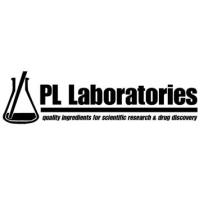人肝癌细胞与抑癌基因的关系
互联网
Tumour suppressor p53 and Rb genes in human hepatocellular carcinoma.
Aberrations of the p53 and Rb tumour suppressor genes were examined in 12 human hepatocellular carcinoma (HCC)-derived cell lines from different geographic areas and 9 local HCCs by restriction fragment length polymorphisms (RFLP), polymerase chain reaction-single-strand conformation polymorphisms (PCR-SSCP) and DNA sequencing. The relationships between genetic changes and hepatitis B virus (HBV) DNA integration in samples were compared. None of the cell lines and tumours showed structural changes in the Rb gene, while 6 cell lines and 2 tumours had mutation or deletion in exons 5 to 8 of p53. Mutations include an AGG --> AGT (Arg --> Ser) transversion at codon 249 in PLC/PRF/5 and Mahlavu, an AAT --> AAA (Asn --> Cys) transversion at codon 200 in TONG/HCC, an AAG --> GAG (Lys --> Glu) transition at codon 139 in HCC-T, a CAT --> CGT (His --> Arg) transition at codon 214 in SC4, and a CCC --> CTC (Pro --> Leu) transition at codon 250 in SC8. In Huh4, an 18-bp deletion from codon 264 to 270 resulted in loss of Leu-Gly-Arg-Asn-Ser-Phe from the amino acid sequences 265 to 270, whereas Hep3B had a 7-kb deletion after exon 7 of p53. Our data indicate that whereas Rb may not have pleiotropic effects on HCC, p53 aberrations are frequently involved in hepatocarcinogenesis. Further, HBV infection appears to be unrelated to the micro-genetic changes of p53. The G to T codon-249-mutation is consistent with HCCs arising from areas at high risk for both aflatoxin B1 (AFB1) exposure and HBV infection.







